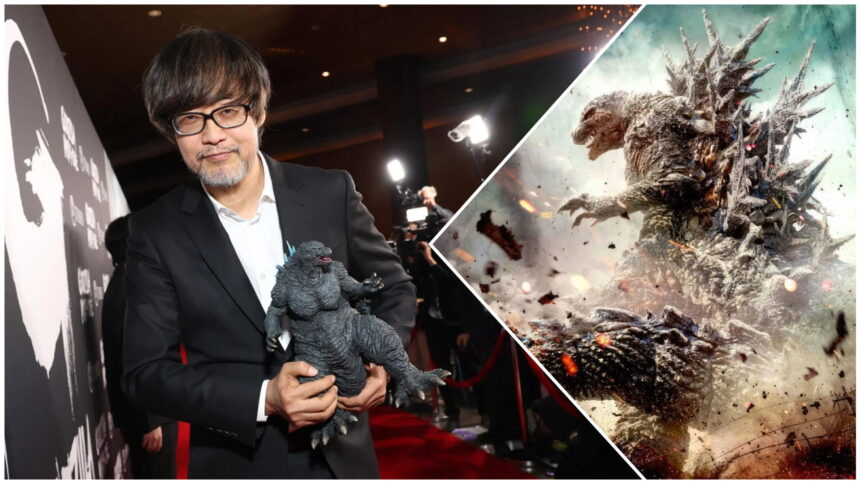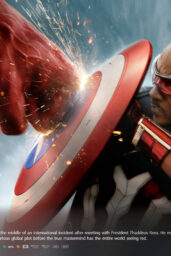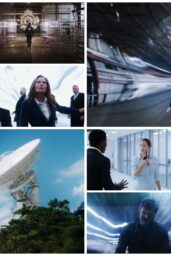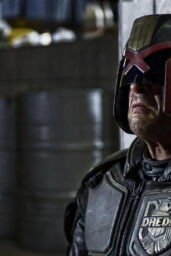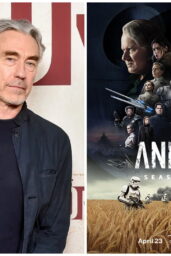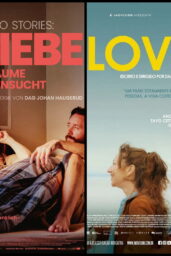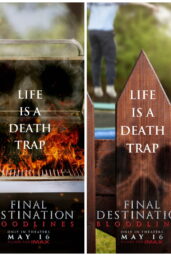Hollywood Should Be Nervous: Godzilla's Next Evolution Is Japanese
I don't want to start drama—but let's start some drama.
While Hollywood scrambles to overinflate budgets and underdeliver VFX, Takashi Yamazaki just made a $15 million monster movie that slapped harder than 90% of $200 million blockbusters. And now? He's back for round two.
Yes, Godzilla Minus One—the indie-feeling giant that devoured hearts and box offices alike—is getting a direct sequel. Toho has confirmed that Yamazaki will return, and while the title's still under wraps, we do know it's set in Japan and could enter production as early as late 2025.
This isn't just good news for fans. It's a tectonic shift.
A Franchise Reborn from the Rubble
Let's rewind. Minus One wasn't just a hit—it was a mic drop.
$115 million worldwide. $55 million domestic. All on a shoestring budget and a blend of practical + CGI effects that looked like they crawled out of a $100 million pipeline. Guillermo del Toro called it one of the “Top 3 Godzilla films of all time.” Spielberg and Nolan co-signed. Critics wept. Fans screamed. TikTok melted.
But what really made it different?
It remembered what Godzilla is supposed to be. Not a walking meme. Not a kaiju cameo machine. But a symbol of trauma, survival, and sheer human resilience. Set in post-war Japan, Minus One grounded the monster back in metaphor. It roared—and we listened.
Why This Sequel Actually Matters
Here's the uncomfortable truth: Most sequels are glorified merchandise machines.
But Yamazaki? He's not your average sequel director. A veteran VFX artist turned director with Japanese Academy Awards on his shelf, he's already proved he can deliver scale and soul.
And the timing couldn't be sharper. The last time Toho attempted a live-action Godzilla reboot was 2016's Shin Godzilla, a bureaucratic satire that dissected government paralysis post-Fukushima. Minus One tackled post-WWII trauma. So what will the next chapter explore? Cold War anxiety? Environmental collapse? Japan's current political malaise?
Whatever it is, Yamazaki has the receipts to pull it off.
Pattern Recognition: Why Toho's Playbook Keeps Winning
Let's compare receipts.
Hollywood's Godzilla x Kong: The New Empire cost upwards of $135 million and looked like it was edited on a Red Bull binge. Minus One? $15M. And it won an Oscar for Best Visual Effects.
This isn't a fluke. It's a pattern.
Like Bong Joon-ho's Parasite, Yamazaki's work proves that global appeal doesn't require global budgets. Just vision. Precision. And maybe—just maybe—not treating the audience like they're 12-year-olds on sugar highs.
Toho's secret weapon? Restraint. They wait. They recalibrate. They listen to what the monster means before unleashing it again. It's the opposite of Hollywood's “more-is-more” sequel fatigue.
So What Happens Now?
If production starts in late 2025, don't expect this sequel before 2026 or early 2027. But anticipation is already bubbling like a reactor core. And here's the question everyone's quietly asking:
Can Yamazaki pull it off twice?
If he does, we might be looking at the first true Godzilla trilogy with both critical and cultural relevance since the original 1954 film.
So yeah—keep your eyes on Japan. The King of the Monsters isn't just stomping back.
He's evolving.

